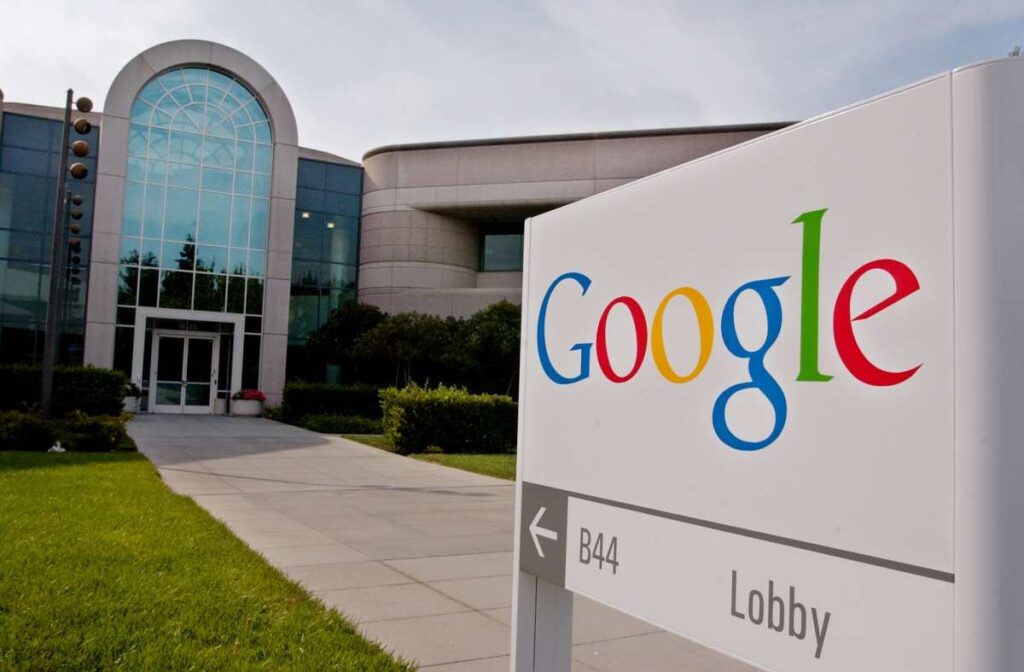Lately, I’ve been frustrated with Google. As someone who relies on content marketing to attract visitors, I’ve seen firsthand how Google’s AI-generated summary feature—rolled out in 2025—is hurting small content-driven businesses like mine. We now operate in a “zero-click” internet, where Google scrapes and displays our content directly on its results page. Users get the answers they need without ever visiting our websites, cutting us out of the value chain we helped create.
When I share this experience, I often hear a familiar refrain: “Well, that’s because Google is a monopoly.” And that’s a fair point—at least on the surface.
When you think of monopolies, a few big names might come to mind—Standard Oil, AT&T, maybe even Microsoft back in the 1990s. In the digital age, Google increasingly finds itself lumped into that same category. As of mid-2025, Google commands approximately 89.6% of all global search traffic. In the United States, it’s slightly lower—but still dominant—at 86.7%. By comparison, Microsoft’s Bing trails far behind at just 3.9% globally. That kind of market control certainly looks like monopoly territory.
But here’s the twist: Google doesn’t make its money from search. It makes it from advertising. And when you zoom out to the broader digital ad landscape, the monopoly argument becomes a lot murkier.
Related Post: Monopolies Require Government Assistance
Google’s True Business: Advertising, Not Search
Globally, advertising spend in 2024 reached about $1.1 trillion, and digital ads made up roughly 73%–75% of that figure. Alphabet—Google’s parent company—is projected to bring in over $200 billion from digital advertising in 2025. Impressive? Absolutely. But that’s only around 20% of the total global ad spend, a far cry from controlling the entire market.
In fact, advertisers today have plenty of options beyond Google. Meta (Facebook and Instagram), Amazon Ads, TikTok, LinkedIn, and even Reddit all compete for marketing budgets. Google may be the biggest single player, but it operates within a vibrant, multi-platform ecosystem.
The Monopoly Game Is Built on a Fixed Pie—Reality Is Not
As a kid, I loved playing Monopoly. But the game is built on a fixed number of properties and a zero-sum structure: once the board is full, you’re either winning or losing. There’s no room for new growth.
The real world doesn’t work that way. Economies—and markets—expand. New platforms emerge. Consumer behaviors evolve. What feels like a monopoly today may be disrupted tomorrow by a smarter solution or more engaging platform.
That’s exactly how JD Rockefeller built Standard Oil. He didn’t just capture a share of an existing market—he created the market for kerosene and then gasoline. His company grew the pie, enabling higher margins that fueled ongoing innovation. The same is true for modern tech giants. They leverage scale and data not to hoard power, but to improve their products and attract more users.
Related Post: What Is the Market Structure
Amazon: Another “Monopoly” That Created Opportunity
We’ve seen this before with Amazon. Competitors like Barnes & Noble once accused Amazon of monopolistic practices because the company controlled over two-thirds of book sales—including both print and eBooks.
But Amazon didn’t just replace bookstores. It redefined the model. Amazon functions more like a book broker than a retailer, providing a platform for anyone—from major publishers to indie authors—to sell their work. That’s not squashing competition; that’s enabling it.
The result? A much larger and more diverse book market than we had before.
Dominance Doesn’t Equal Monopoly
Here’s the nuance: large market share isn’t automatically harmful to consumers. Google and Amazon dominate because they deliver better results, lower prices, and greater convenience—not because they’ve rigged the system.
Consumers can switch to Bing, DuckDuckGo, or Yahoo! with one click if they choose. And advertisers have never had more options to place their dollars. Between Meta, Amazon, TikTok, and dozens of niche platforms, the ad landscape is wide open.
What about innovation? One sign of a problematic monopoly is stagnation. But Google continues to pour billions into new ventures—AI, cloud computing, mobile tech, and more. Amazon is doing the same in logistics, robotics, and media. These are not companies resting on their laurels—they’re racing forward.
Should Google Be Broken Up?
Not unless there’s compelling evidence that consumers or advertisers are being harmed. In 2025, Google provides a free service that billions rely on daily. Its ad platform powers revenue for small businesses across the globe. Its innovations in search, maps, and AI continue to benefit users and the economy.
Monopolies should be judged not just by size, but by their impact on competition, innovation, and consumer welfare. And by that measure, Google looks more like an ambitious leader than a villainous overlord.
What do you think—should size alone justify government intervention, or is Google just a dominant player in a highly competitive digital ecosystem?












